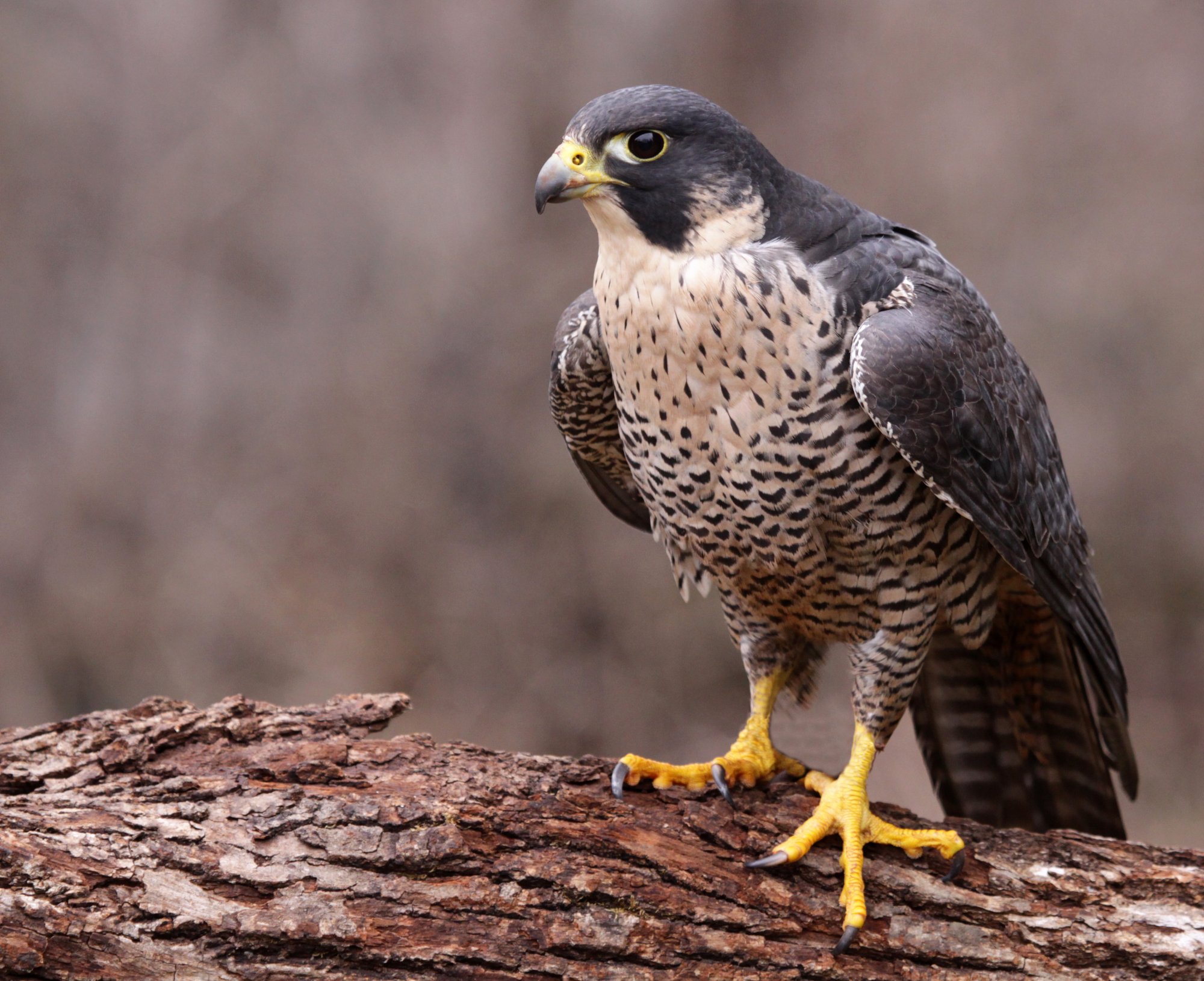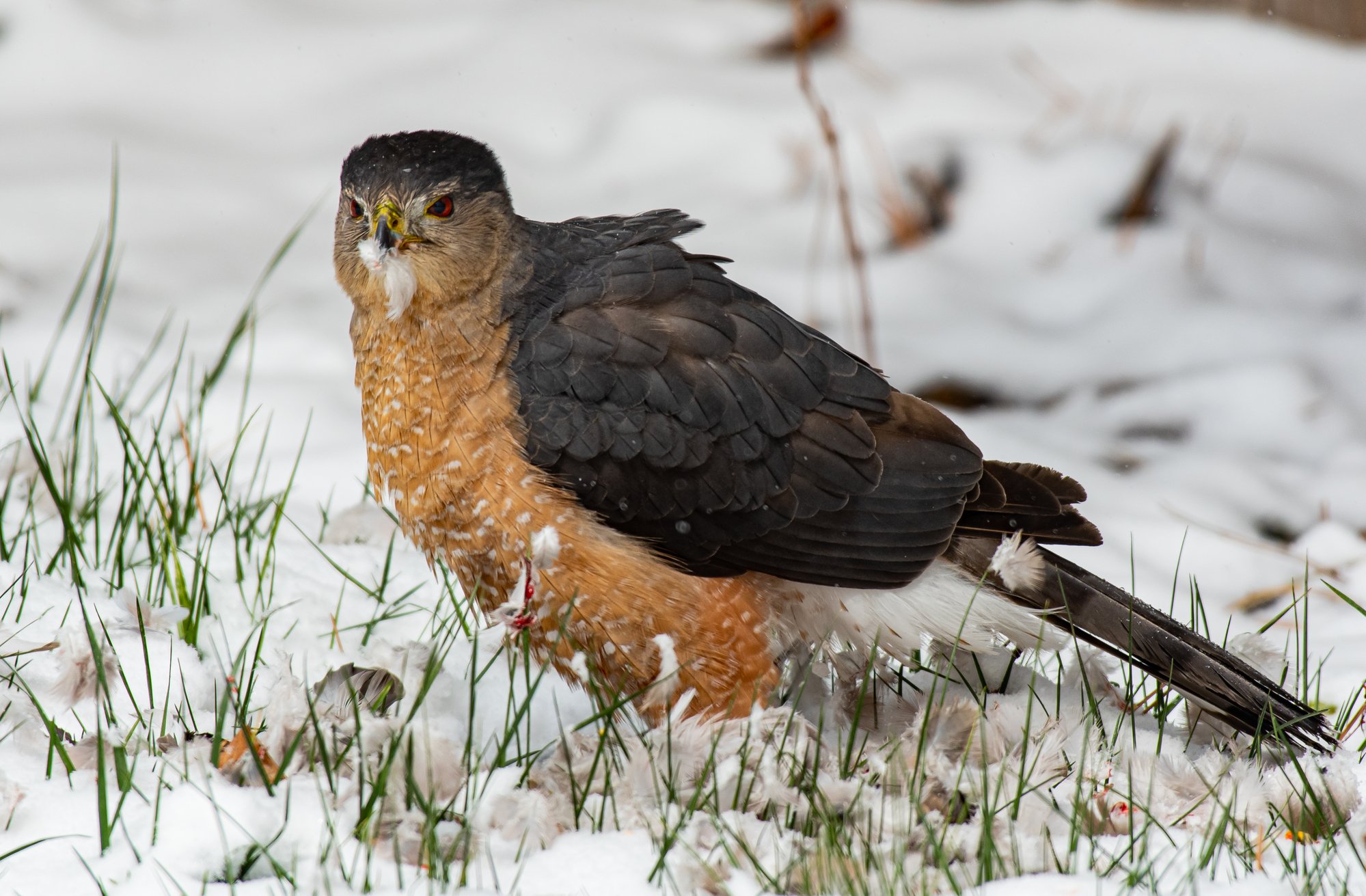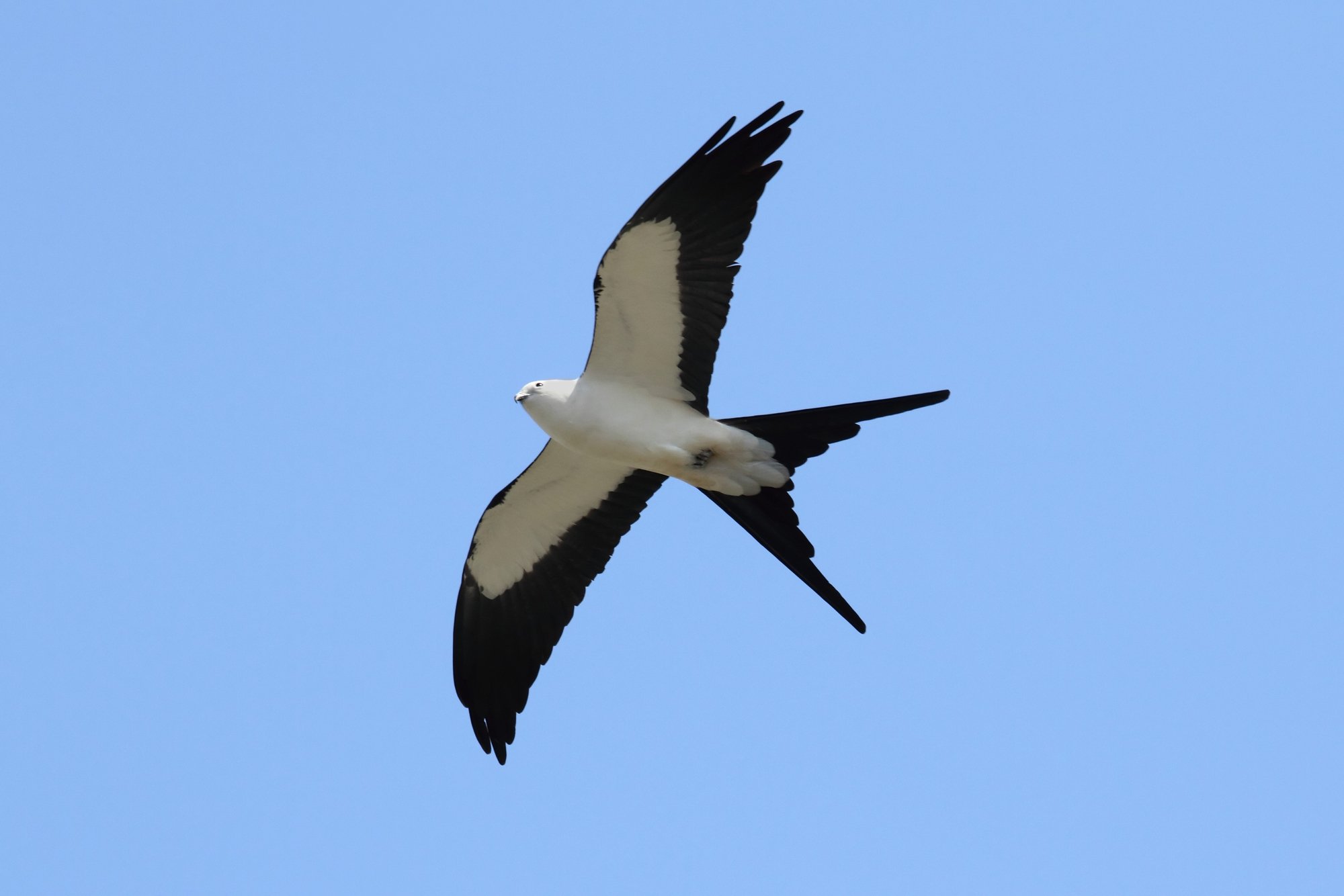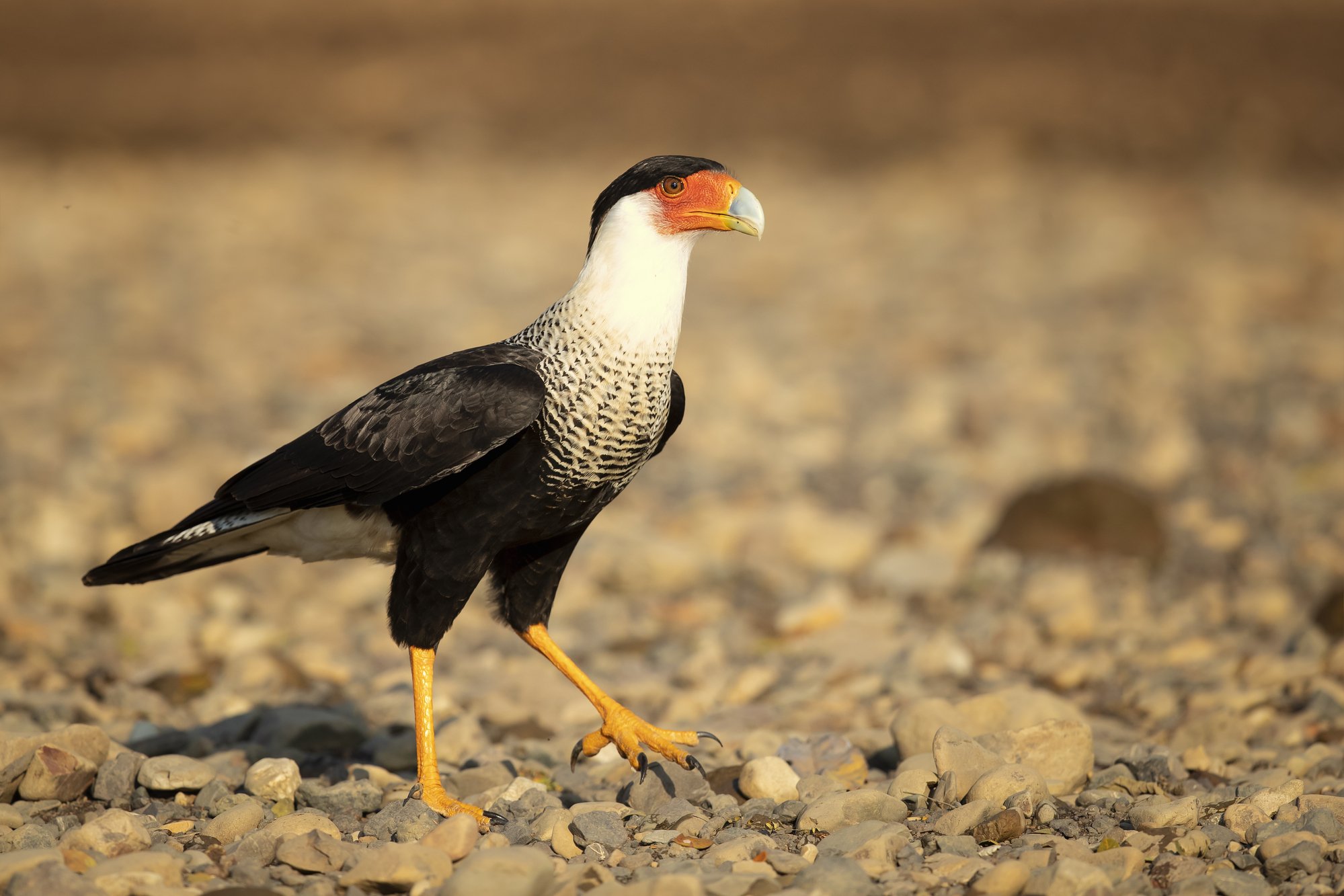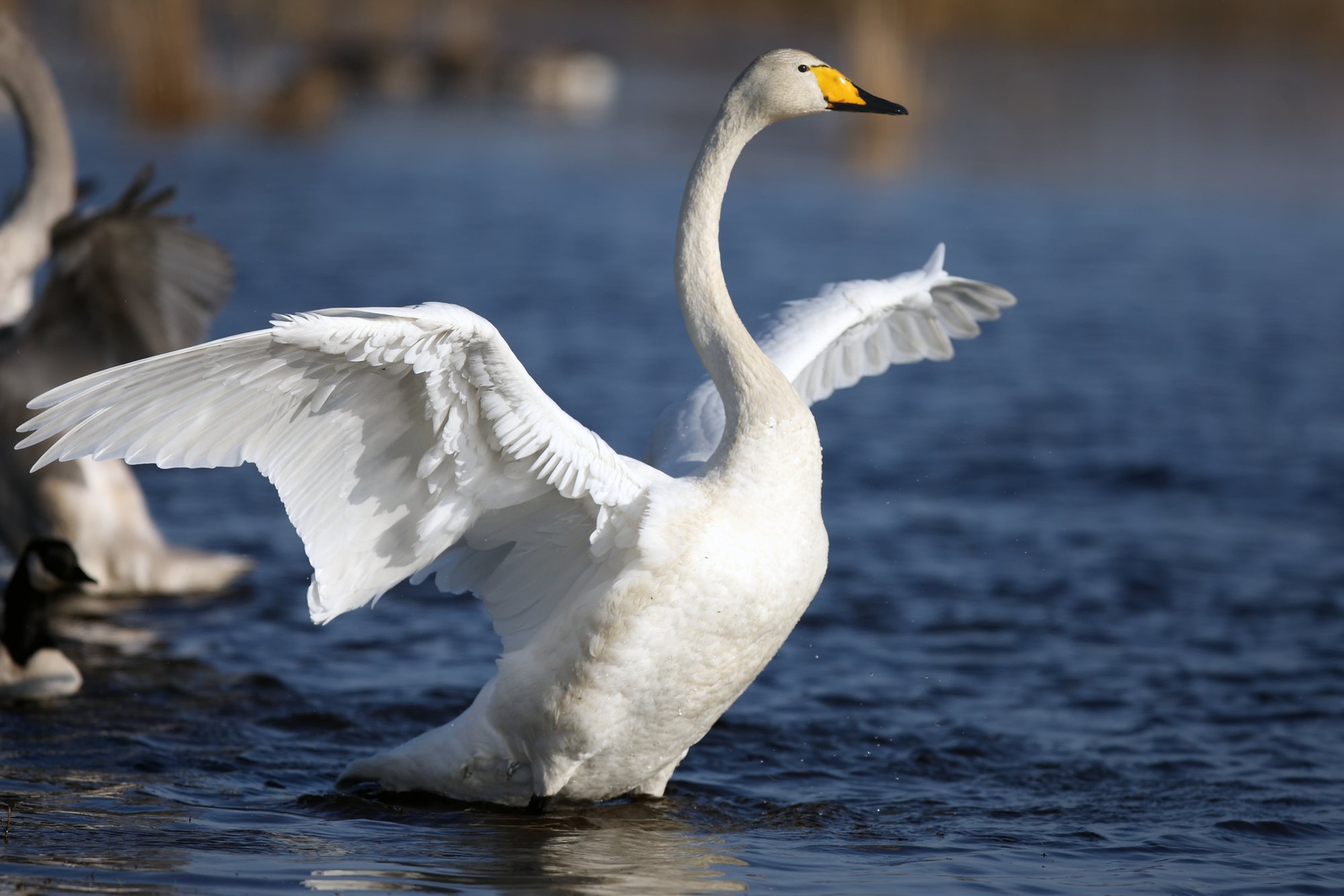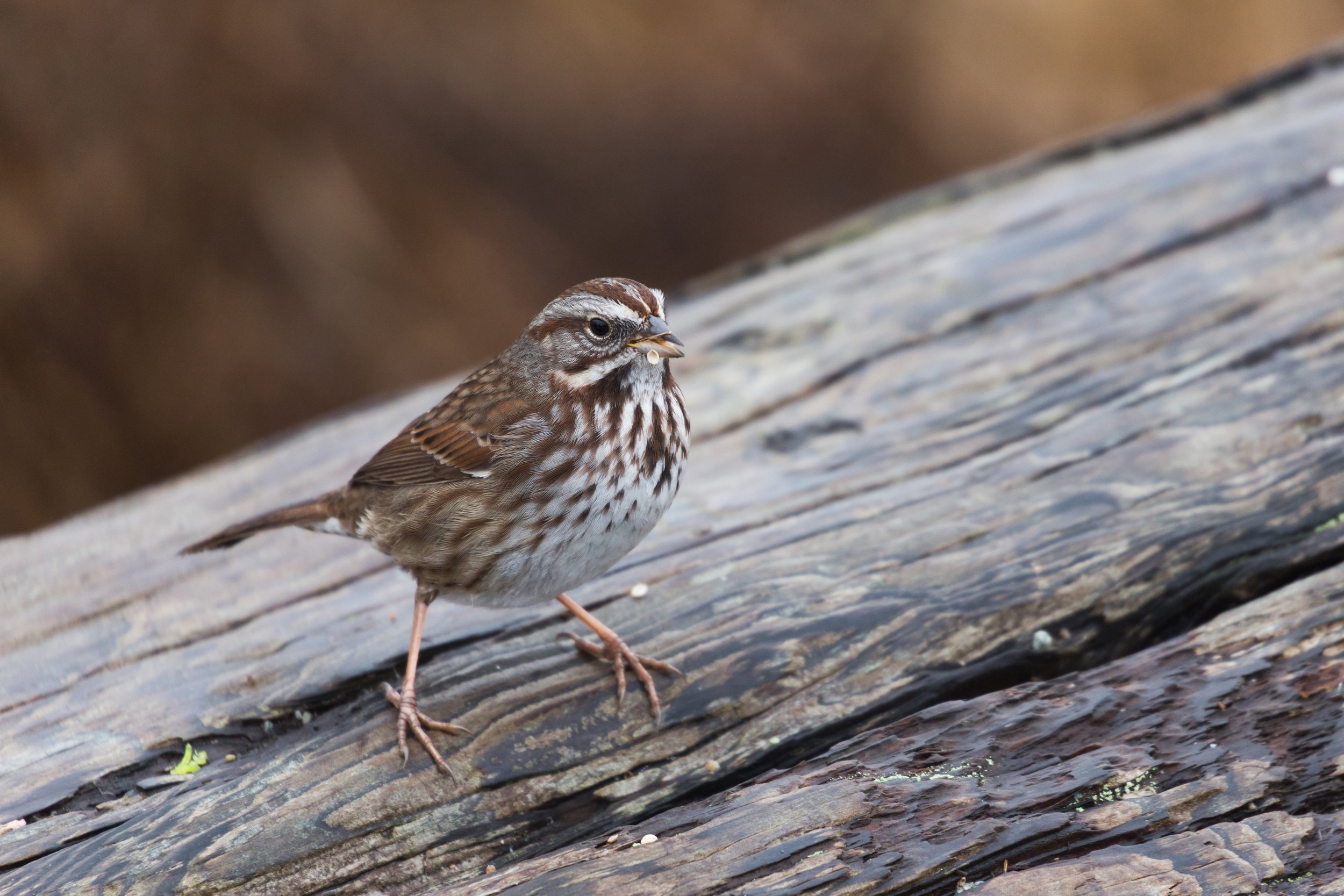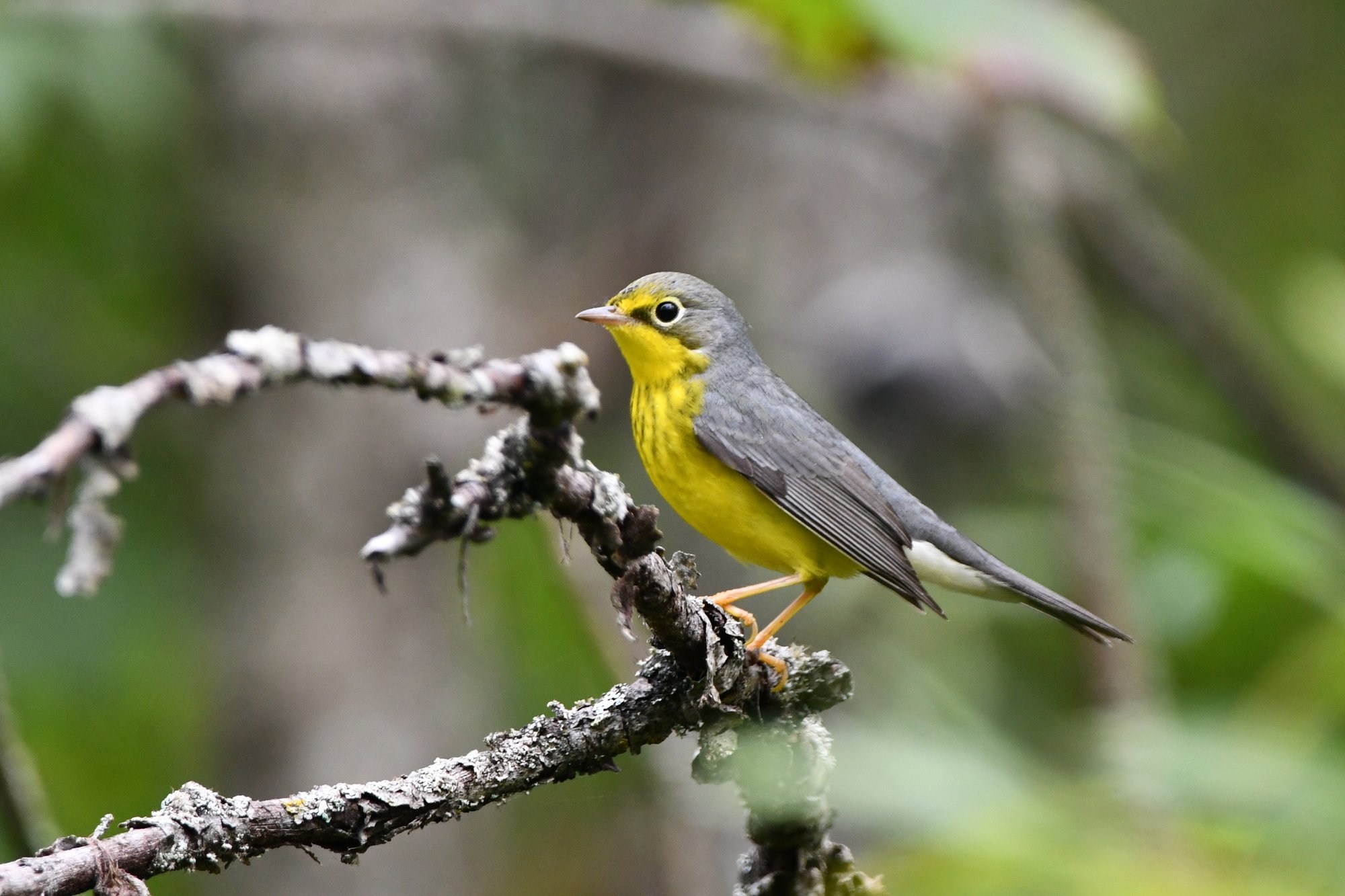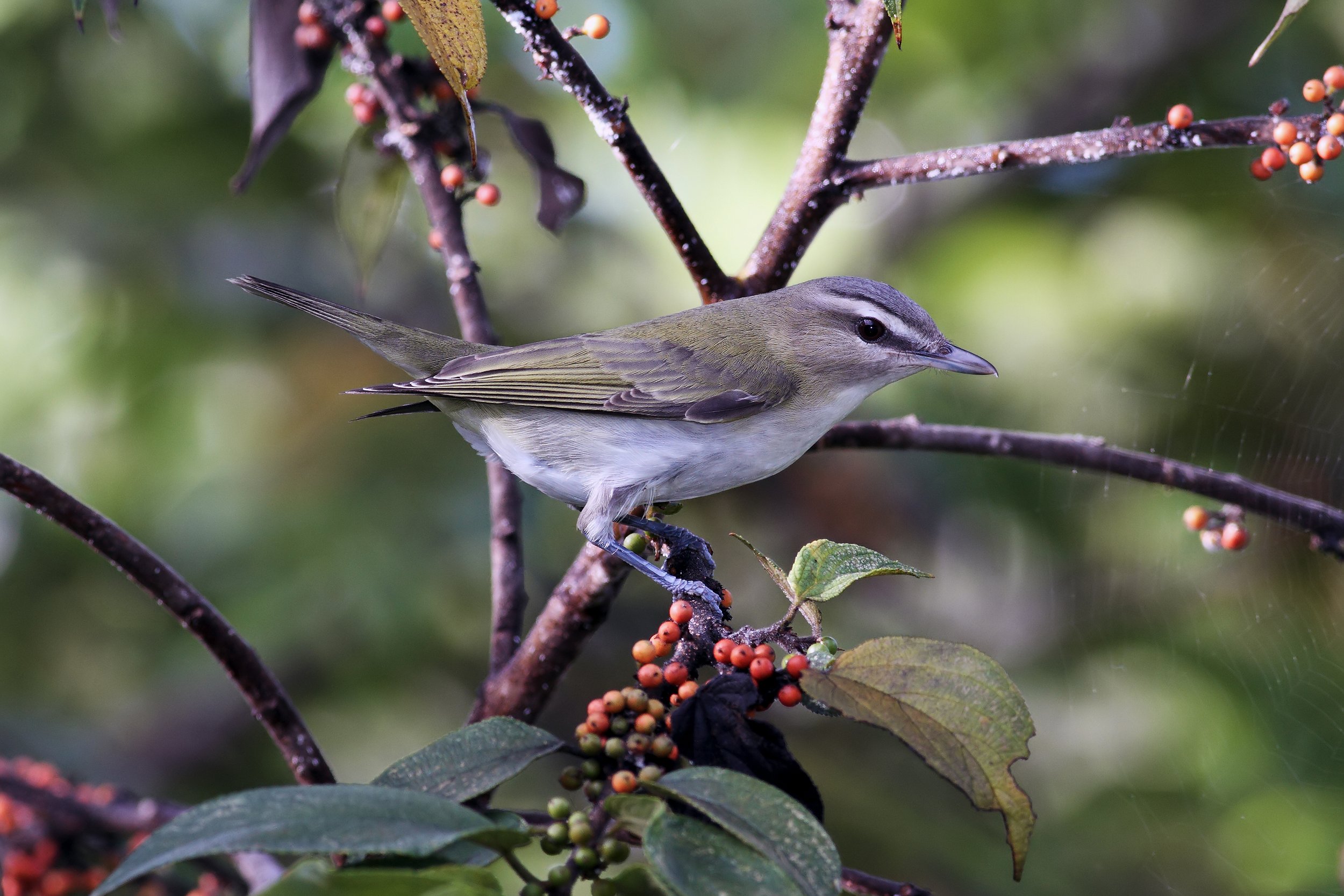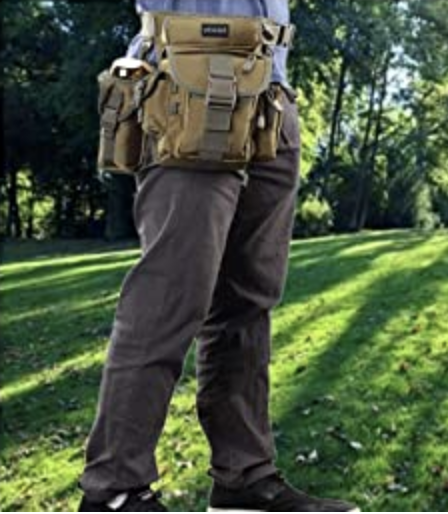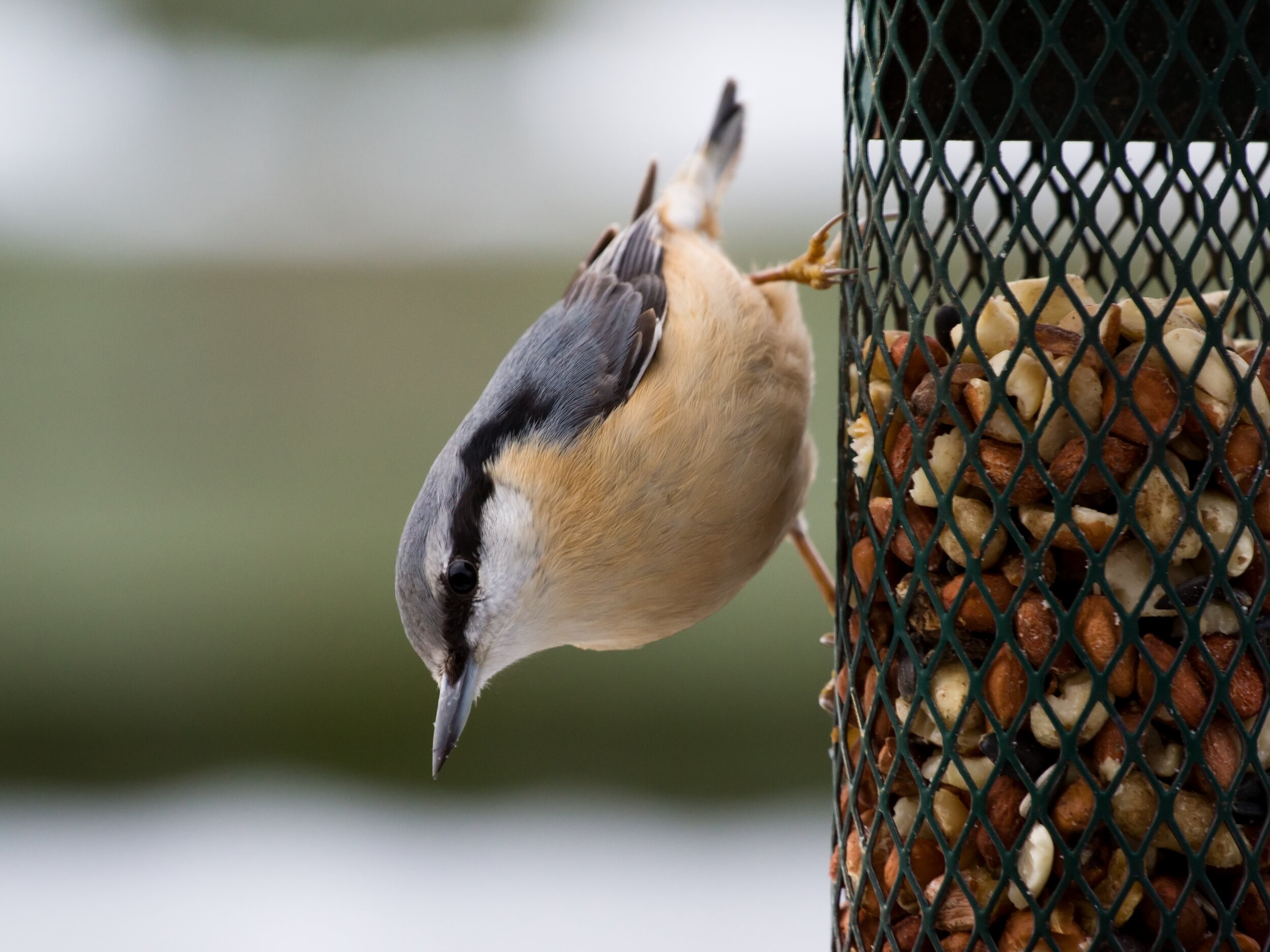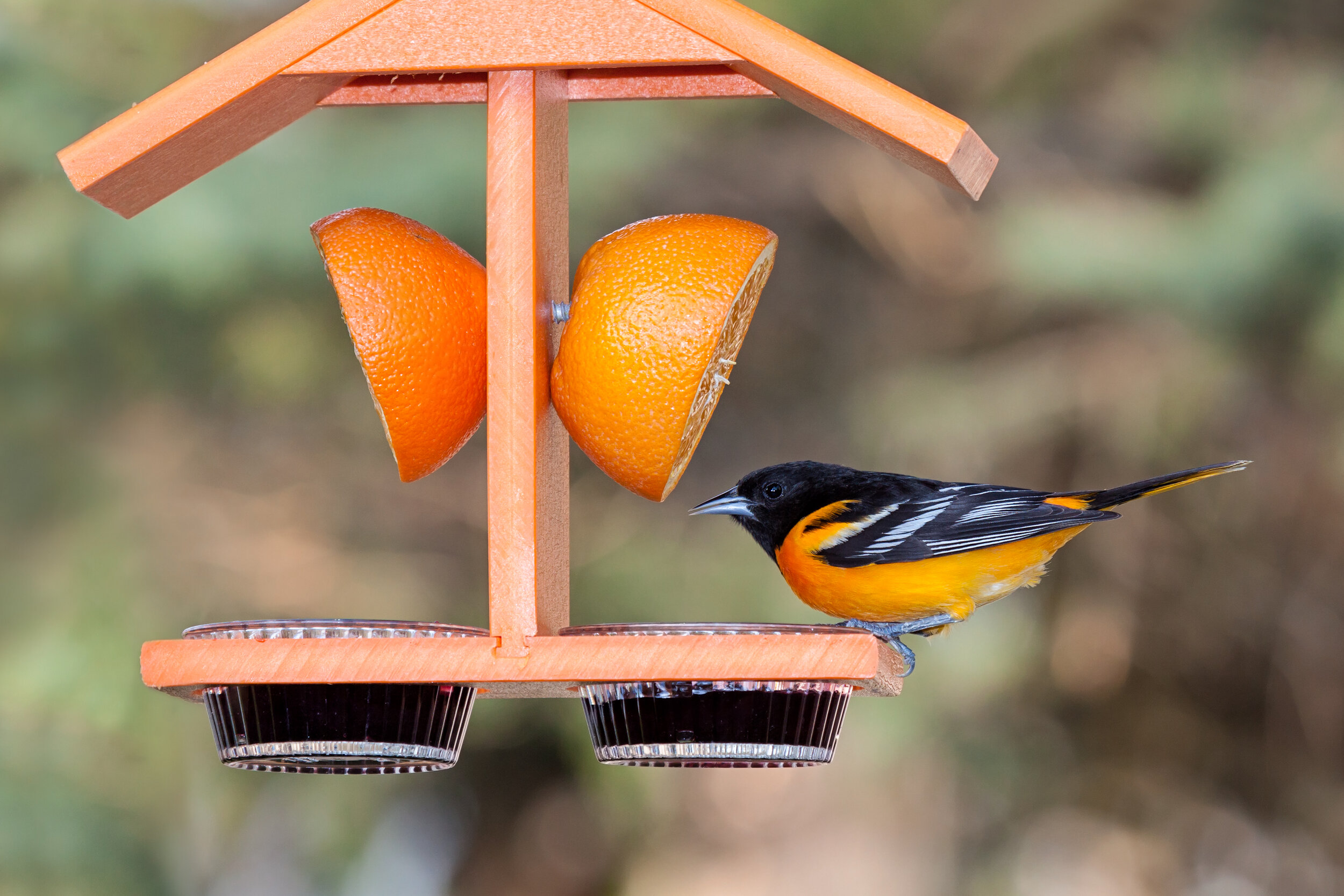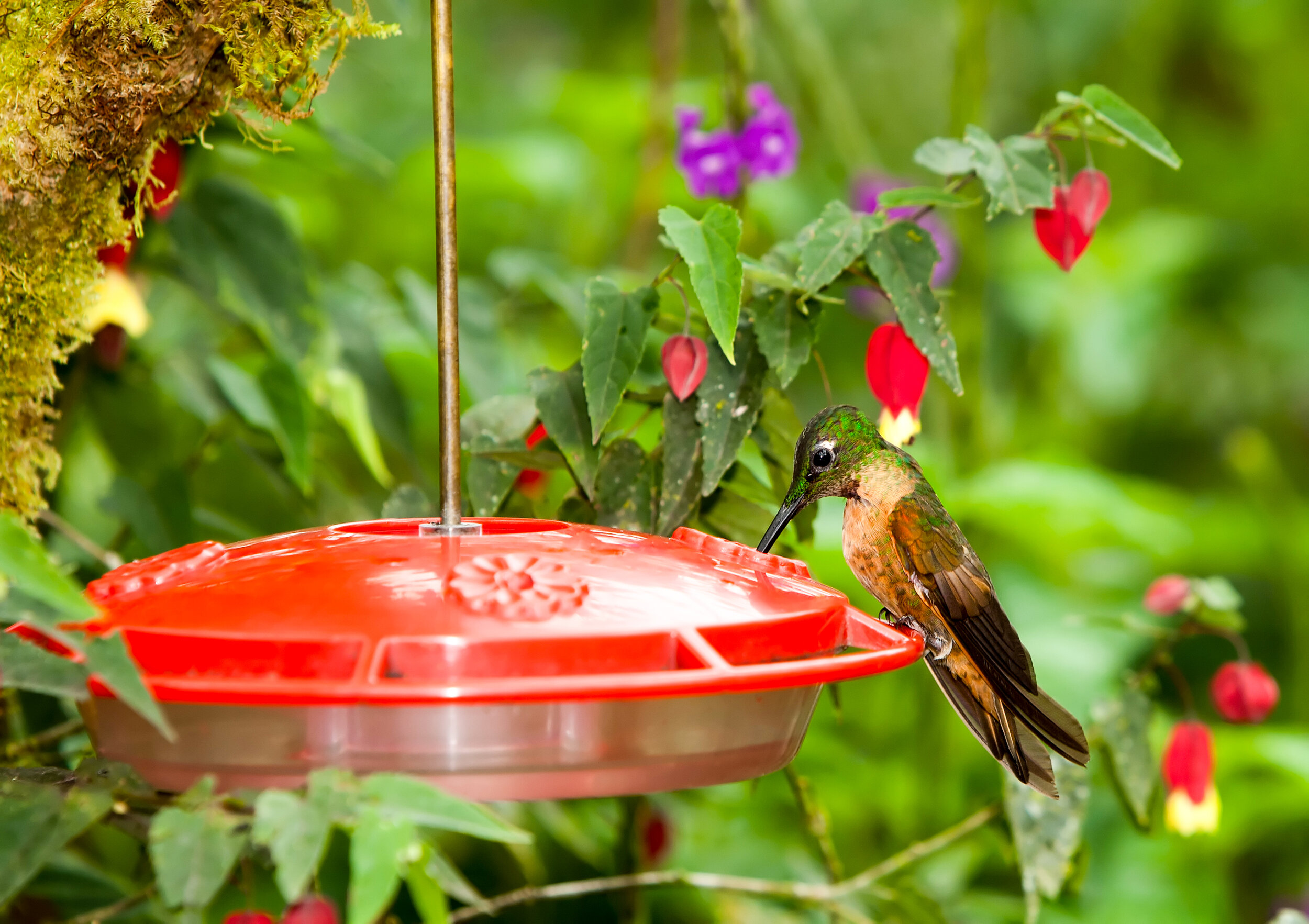Not a Lot of Preparation Time Needed
We had only planned on going out a few days before this, so this was not going to be a full excursion into the wild. A state park down the road from our houses ended up being our destination within walking distance. Armed only with two pairs of binoculars and field guides, we headed out in the late afternoon, with a slight breeze blowing. About ninety minutes of sunlight became our time constraint.
Learning the Basics
Before we even entered the park, I had Jen check over her binoculars and get them ready for viewing. Before you start viewing with binoculars you want to make sure they are adjusted for your eyes. This is simple thing to accomplish and takes only a minute or two.
First, while looking through your binoculars, close your right eye and using the focusing knob to foucus on an object with some nice crisp lines (a stop sign, a license plate). Remember this is only using your left eye to look. Once you’ve done that, keep the focusing knob where it is and switch eyes - close your left and use your right eye to look. Now, keep the focus where it is, but adjust the right eyepiece. Turn the eyepiece until the same object is in focus. This will adjust for any differences in eye strength. When you focus on any object now, both lenses will move at the same time and maintain focus for both eyes.
Jen was able to do this in a minute or two using a stop sign. Now, everything she was going to look at was going to be in focus for the rest of the walk.
Two Essential Skills
As we passed over a bridge across our local creek, we paused to practice two other important skills to learn: How to communicate where a bird is and how to quickly look at a bird using the binoculars. The first skill is always tricky. It is hard to describe to someone where a bird is sometimes. “It’s on that branch over there” said in the woods mean very little. The best way to help someone see or find a bird is to provide a landmark object - a distinctive tree, an odd-shaped branch, a background object to give reference directions from. Providing approximated distance off the ground will also help. Sometimes it may just be easier to start with a nearby object and just talk them through a series of directions - “see that reddish bush - look at the tree behind it- go to the top of that tree - go to the right side - see that large dead snag - the bird is on that snag”.
The second skill ties right in with the first. Once you know where the bird is, now you’ve got to get the binoculars on it. This can take some practice, but Jen did a fantastic job on her first outing. The way to practice this skill is to find an obvious object. Then bring the binoculars up to your eyes without looking away. If you continue to practice doing this, you will get to a point that when you bring the binoculars up, you will be looking at the bird in your field of view.
Our Sightings Using Field Marks
After spending about fifteen minutes practicing the above skills, we walked on into the park. The park has a creek running through it and is wooded in one area and has two large fields on opposite sides of a nice arching bridge. March, in Buffalo, is still pretty quiet bird-wise. Our migrants are starting to show - red-winged blackbirds and robins arrived last week. Turkey vultures are starting to dot the skies again. Jen and I walked quite a ways before we started to see and here birds. It was fun for me as a veteran birder to be out on someone’s first walk. Each song and call is new, each bird is new with interesting field marks. Learning squirrel chatter takes time, so now we waste time looking for a bird, when it’s only a red squirrel.
We were able to spot many starlings, red-winged blackbirds, and cardinals. Jen had a very nice look at a hairy woodpecker and was able to see the identifying field marks - a large bill and no spots on the outer tail feathers. Learning field marks is the key to success in identifying birds. Keep reviewing your field guide - even just looking at the illustrations over and over will make it easier. It will make you familiar with the images, learning the names, and their placement in your field guide.
After skirting around of lot of mud puddles and crossing some flooded areas, we started to leave the field and enter the woods again. We heard a new bird song that we hadn’t heard yet on the walk. At first it sounded like multiple birds calling. Within a few seconds the bird had moved from left to right, then the call was much closer and behind us. We got a visual on it perching on a fallen tree - small, brownish-reddish, short tail, wh ite eye stripe. It kept moving quickly. Jen was only able to get the bird in her view in the binoculars but was not able to focus before it flew off deeper into the brush. She had her first fleeting glimpse of a Carolina wren.
Heading Back
Daylight quickly faded, but the first birding walk for Jen was just peaking. Passing a neighbor’s pond on the way back, we were able to see scores of ducks flying over, stalling and then landing in the still pond. Even witnessing a sight like this can bring us closer to Nature and the everyday workings of how birds and animals press onward each day in their struggle for food, water and survival.
I can guaranteed that after today, Jen will be venturing out again to watch birds. With spring migration, quickly approaching, the birding will get very exciting. Happy birding, Jen - welcome to a new and exciting hobby!





